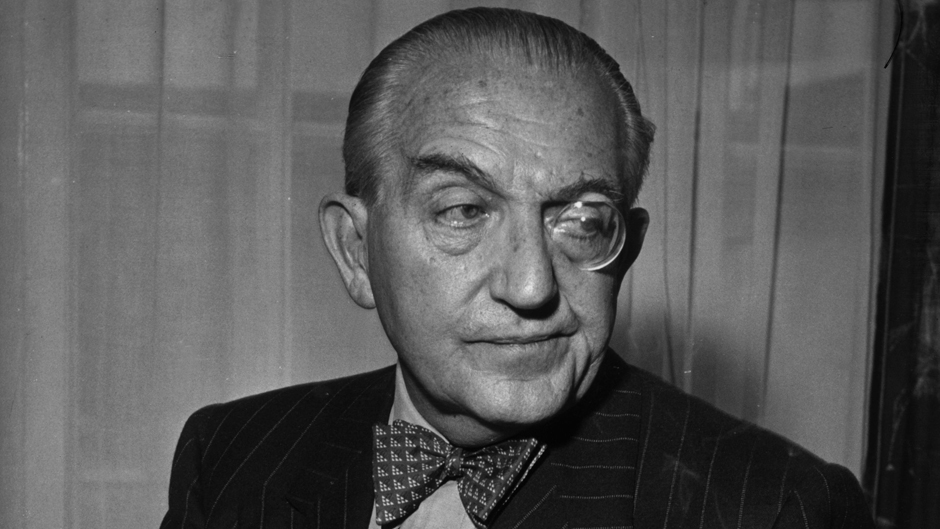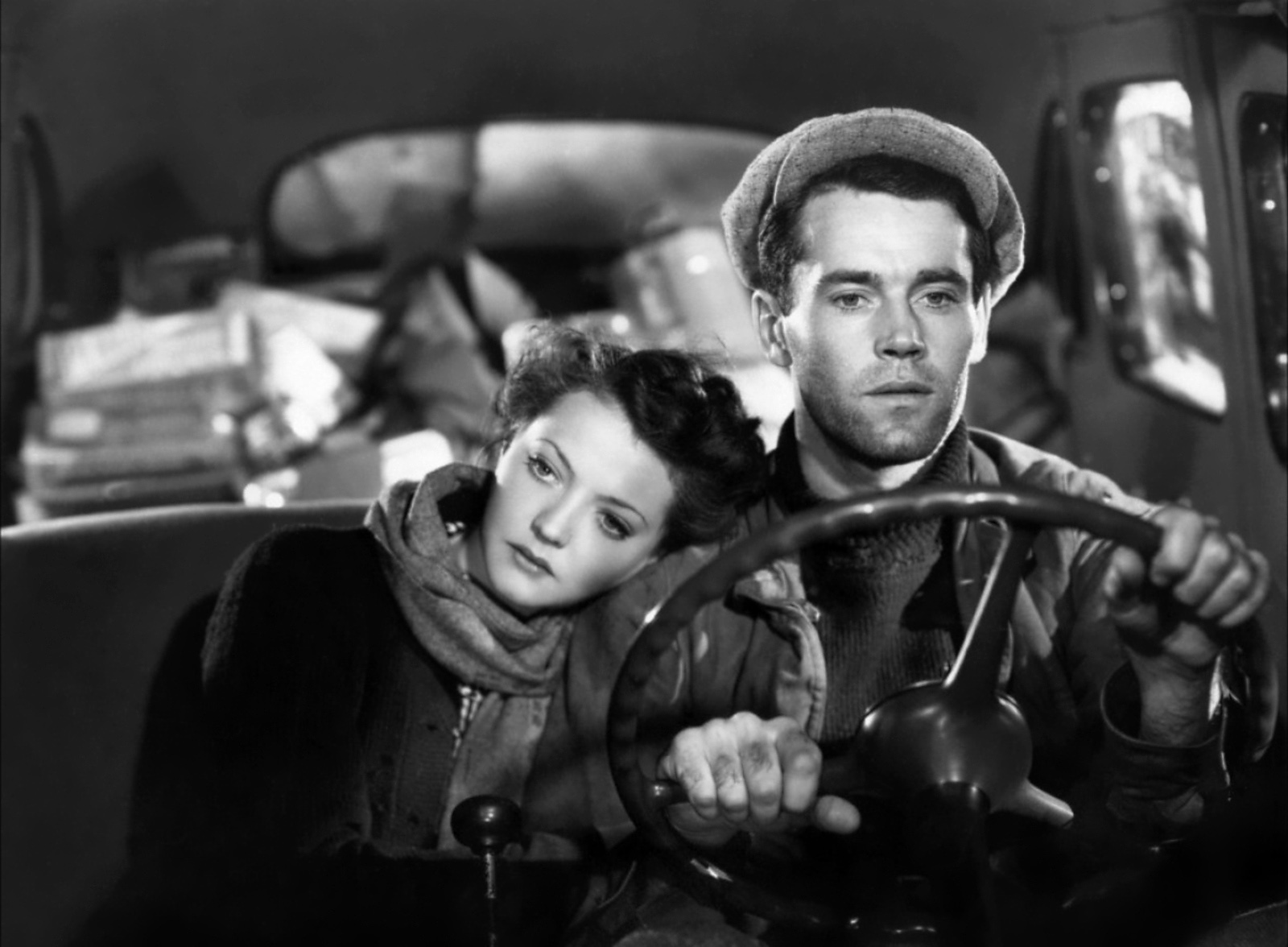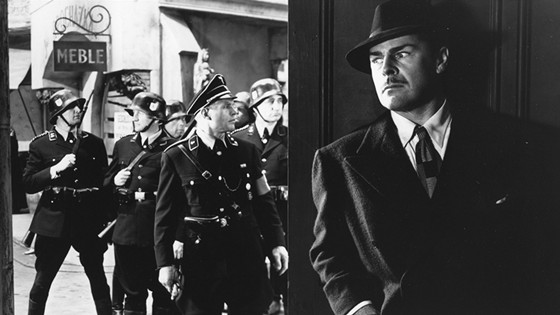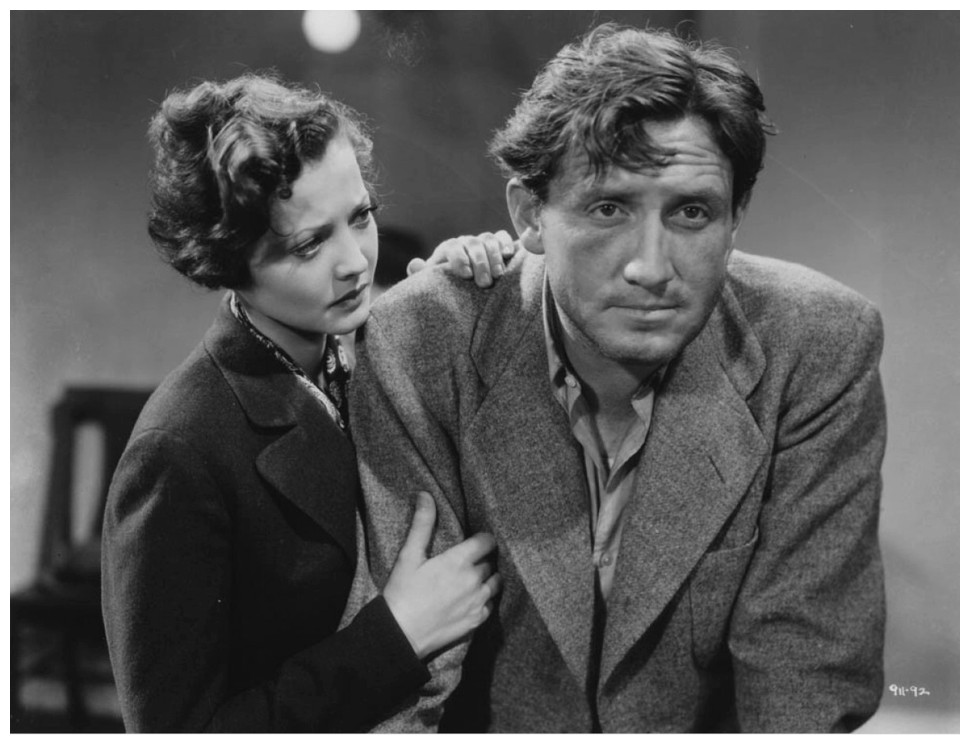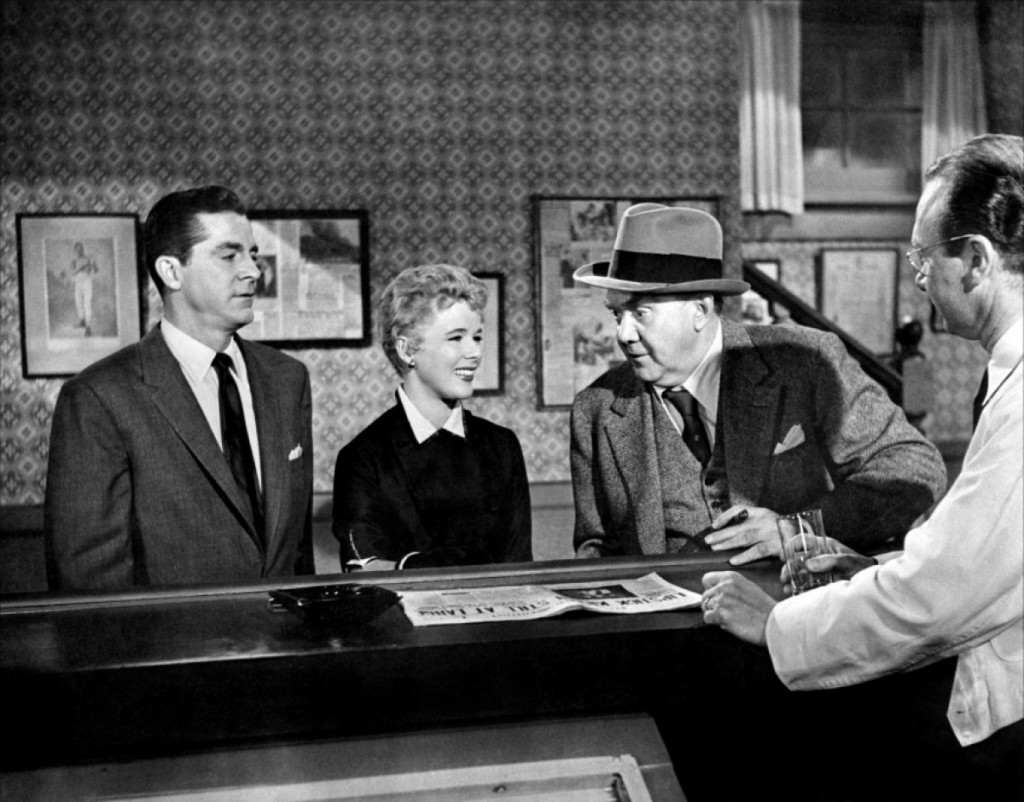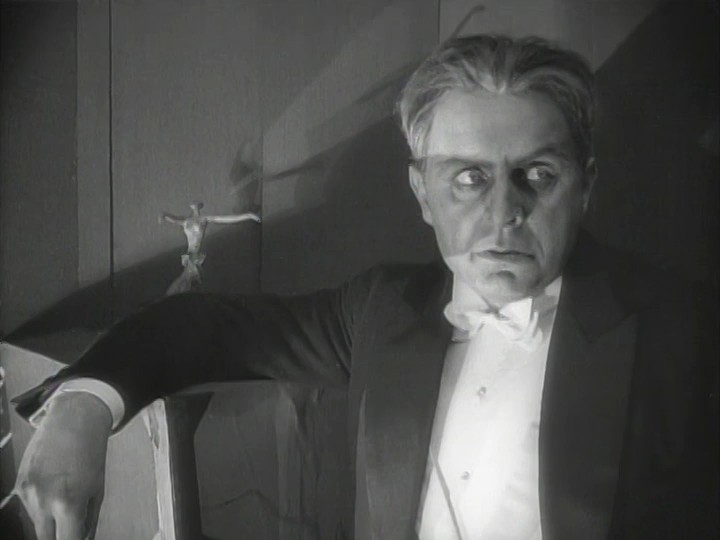Fritz Lang’s career is largely defined by the two places he chose to make films- first in Germany (he was born in Austria), where he was a pioneer of Expressionist films and dubbed “the master of darkness” by the British Film Institute, and produced such masterpieces of the form as M and Metropolis, and Hollywood, where he landed after fleeing the Nazis in the late 1930s. It was here where he brought his impeccable use of shadows, darkness, and stark moralist views where it may be best applied: the film noir genre.
Freud, Nietzsche and Austrian architecture all play a role in the visual and narrative style to Lang’s films: his oeuvre may be challenging, but these 10 films are more than worth your time, and are essential for any fan or student of film.
10. You Only Live Once (1937)
Though only his second American film, You Only Live Once is often hailed as one of Fritz Lang’s best post-German movies. Inspired by the story of Bonnie and Clyde, and starring a young Henry Fonda as three-time criminal Eddie Taylor, whose fiancée, Sylvia, is the spunky highly-efficient secretary to public defender Stephen Whitney (who also happens to be in love with Sylvia), who has been defending Eddie tirelessly- he even lines up a job for Eddie after he gets out of jail, in the beginning of the film, since the pair marries soon after his release.
Eddie wants to finally do right by Sylvia, but is fired on the first of day the job Whitney had secured for him- for being an ex-con. A bank heist goes occurs, for which Eddie is wrongly sent to jail, the real culprit is found- but not before Eddie shoots the prison chaplain (who had been his advocate) in order to escape, though he had actually been pardoned. This poses quite the problem for the young newlyweds, and they are forced to flee for the border.
You Only Live Once is a fatalistic, yet brutally honest film. One can compare it to the little-known Bob Dylan broadside The Ballad of Donald White (1962), or Bruce Springsteen’s Johnny 99, which describe how fate, as well as society, can conspire against us. Eddie is a lifelong criminal, but didn’t want it to be that way. He was making the only choices he had. Love, as well, can do this, as we see Sylvia give it all up for Eddie.
9. Hangmen Also Die! (1943)
Co-written with poet and playwright Bertolt Brecht, who Lang had a large hand in getting the author to the United States in 1941, this stark anti-Nazi thriller is, above all else, a heartfelt and passionate piece of filmmaking. This may be due to some harassment Lang dealt with from the Nazi party, particularly in the production of M (Nazi’s thought the film may portray them in a bad light, they stepped back when they realized it was about a child murderer), and the trumped-up claim that Nazi party banned Lang’s 1933 The Last Testament of Dr. Mabuse. Whether or not these anecdotes are totally true, this is an urgent film portraying the insanity and irrational lust for vengeance of the Nazis.
The plot revolves around the assassination of “the Hangman”, the real life high-ranking Nazi official who suppressed the Czech resistance, and the ensuing search for his killer. It’s a witch hunt, with innocents randomly being imprisoned and murdered periodically. In Fritz Lang’s signature take on the morality play, we’re forced to question our notions of what’s right and wrong when the real assassin, a doctor (played by Brian Donlevy), continues to live as others are being killed for his crime- even if we may agree it was a necessary crime. In the end, comeuppance is served to Czech fifth-column Czaka (he was aiding the Nazi’s against his own people), who eventually, though wrongly (or rightly?) for the killing of the Hangman, but only after 400 innocent people had already been killed.
What makes Lang such an interesting filmmaker is the fact that in his specific brand of morality deconstructs the situation at hand, highlighting the right and wrong of both sides, and each decision made. It’s engrossing, emotional, and dark, and one of the first great World War II film.
8. Fury (1936)
This is the first American film made by Lang after fleeing Nazi Germany, coming to the U.S. after a year in Paris. Fury is an anti-vengeance film disguised as a revenge story. Spencer Tracy stars as Joe Wilson, going to visit love Katherine, who had to move away from Joe for a job. When Joe is unexpectedly arrested for murder, a mob of people burn down the jail before he can stand trial. Joe doesn’t die, however, and we see him, throughout the course of the movie, grow more hateful and bitter.
Even at the end of the film, when Joe calls the mob “22 rats”, we’re still not completely on his side. Revenge seems petty, almost as wrong as the crime they committed themselves. This is the genius that looms over almost everything Lang ever produced- we’re never sure whose side we’re on, or whether we want to be on anybody’s side at all. His films have a strong moral code which shows the faults of both sides, and leaves it up to the audience to make their own judgments, as hard as it may be to see the clear picture. This is a pessimistic film for sure, and overlaps in theme and sense of ideal with M, but Fury marks a major turning point in Lang’s career with his move to Hollywood.
7. While the City Sleeps (1956)
Another gritty film-noir in Lang’s Hollywood cannon, this newspaper-room drama is based on real-life serial killer William Heirens – called “Lipstick Killer” based on the notes he would leave on the walls of his victims homes.
The film stars George Sanders as the dandy heir to a newspaper company, Mark Loving. Rather than attempt to take over the paper for his magnate father, Mark decides to let the three divisions duke it out against one another. Dana Andrews holds the film together as reporter Ed Mobley, who has to get back to the streets to do his reporting (he’s graduated to a much cushier position in the reporting game), in the face of the Lipstick Killer striking the city.
While the film hearkens back to the days of the newspapermen of old, the real moral of the story is that there will always be an ulterior motive for obtaining the truth and breaking the story- sometimes if only for the benefit of the reporter or the newspaper. Gritty, sleazy noir at its best.
6. Dr. Mabuse, Gambler (1921)
A silent film of epic proportions (the latest Kino DVD has a 270 minute run-time), this early expressionist crime film is Fritz Lang’s first major work. What marks this film as standout is its ability to deliver a strong message- Lang’s moral point of view regarding society shines through quite clearly.
Mabuse is a literal superman- he displays inhuman psychological powers (telekinesis, hypnotism, mind reading), which he uses against those with weak minds- in particular, the wealthy. He uses his powers to seduce idle rich women, and trick the rich into gambling their money away. He gambles in the stock market, as well. His greatest power, however, is his ability to show no emotion- which, Lang seems to be asserting, is what people fear the most. People are in his spell. But, in the end, Mabuse’s downfall is his apparent guilt- the ghosts of his victims start appearing when he is corned at the end of part II.
Dr. Mabuse, Gambler addresses the problems modern societies face, and how people contribute to it. Lang’s near-prophetic visions of society in his early work lay the groundwork for future dystopian films, as well as many character types, notably the criminal mastermind.
